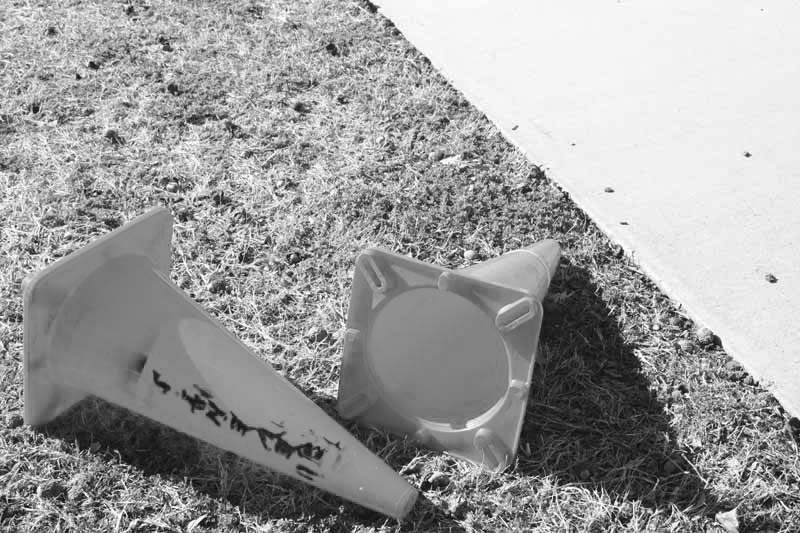 |  | 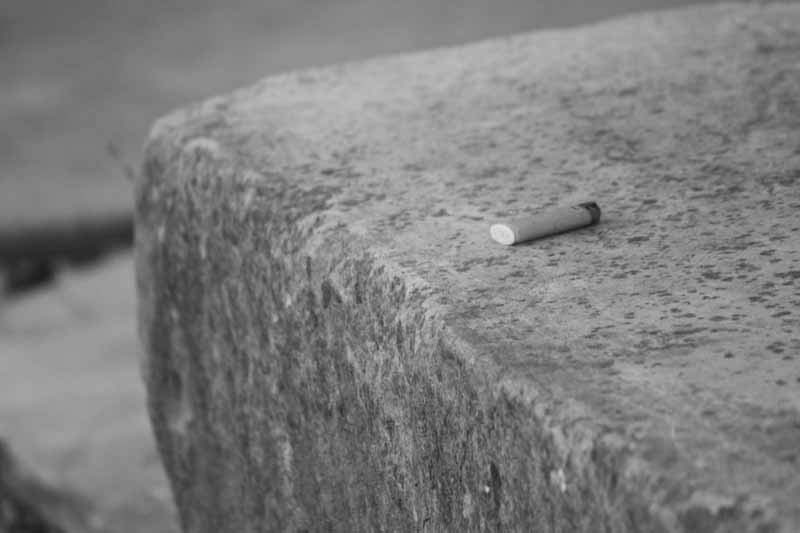 |
| Semiotics | Discourse II | Visual Objects |
 |  |  |
| Semiotics | Discourse II | Visual Objects |
| Junk, trash,
litter and waste. We encounter embodiments of these various labels all
around us in everyday life. In a culture that is consuming almost more
quickly than it can produce, things as objects come and go by the
wayside in the blink of an eye. While our attention always seems so
focused on the new, on the latest and greatest, a particular question
goes unasked: what happens to the things which no longer hold our
attention? What about those things toward which we no longer cast our
gaze? The short answer is we simply don't care what happens to those
things. Tim Edensor takes up this very point in his work "Industrial
Ruins." Defining these untouchable rejects of consuming culture as
ruins, Edensor writes that "however mundane they may seem, ruins still
contain [a] promise of the unexpected" (Edensor, 4). Edensor is
suggesting that there is more to these castaway objects, that as ruins
they offer a particular kind of experience, found not only in peeling
back the dirt and grime, but in taking the ruin in its entirety. These
"[r]uins offer spaces in which the interpretation and practice of the
city becomes liberated from the everyday constraints which determine
what should be done and where," allowing a kind of counterculture to
develop amid the corroded barrels of abandoned factories (Edensor,
ibid). But this seems the logical place to stop letting culturally constructed norms of what is suitable or useful intrude and think to oneself, how can Edensor get all this from random heaps of trash? Edensor specifically addresses this question, writing that "[o]ne of the major objectives of [his] book is to contest the notion that ruins are spaces of waste, that contain nothing, or nothing of value, and that they are saturated with negativity as spaces of danger, delinquency, ugliness and disorder" (Edensor, 7). Incidentally, in reclaiming ruined objects and ruined space, Edensor seems to suggest that we can reclaim a sense of self from the typically homogenizing effects of consumer culture. Through these ruins, "the influences of the past emerge from a rather less controlled environment, one that is not devised to transmit ideological effects" (Edensor, 13). While this doesn't force one particular way of thinking or seeing on the individual, it does leave one in a state of uncertainty in a world where everything is said to have its place. In examining ruins through "a critical appraisal which understands industrial ruins as symbols through which ideologically loaded versions of progress, embedded within cultures of consumption and industrial progress, can be critiqued," we can come to understand that an object is worth much more than its value as a commodity (Edensor, 15). Ruins, and all manner of derelict objects, provide the crack needed to open a wider gap in the façade of seamless homogeneity erected by society. Quite simply put, these "ruins epitomize transgression and the collapse of boundaries" (Edensor, ibid). So how can the camera, itself an object of consuming culture that speaks the very language of mass reproduction, capture the kind of cognitive dissonance which Edensor claims industrial ruins have to offer? He writes that "photographs are never merely visual but in fact conjure up synaesthetic and kinaesthetic effects, for the visual provokes other sensory responses," that images are not just a visual experience but one which involves the entire self (Edensor, 16). And so,I hope to demonstrate this methodologythrough my own work: that ruins in the form of construction debris or carelessly discarded litter are worth a second look. After all, Edensor remarks that "this reclaiming of industrial ruins from negative depiction is allied to a concern to show how they are exemplary spaces which can be used to critique ways in which urban space is produced and reproduced" (Edensor, 17). |
 |  |
| Hubert Damisch
provides greater insight into the role which the images taken by a
camera can play in this process. He writes that "the full purview of a
photographic document clearly involves a certain number of 'theses'
which, though not of a transcendental order, appear nevertheless as the
conditions for apprehending the photographic image" (Damisch, 87). That
is, before we even take a look at an image, we already have formed
preconceived notions about what we will see, regardless of what is
actually pictured. For example, we may have certain ideas about
photography which have been hardwired into us through art culture in
particular which tell us what makes a photograph aesthetically pleasing
in one way or another. But given Edensor's emphasis that the camera can
capture a more totalizing sensory experience, there seems to be more to
this. Damisch remarks that "[t]he photographic image [itself] does not
belong to the natural world. It is a product of human labor, a cultural
object whose being—in the phenomenological sense of the term—cannot be
dissociated precisely from its historical meaning and from the
necessarily durable project in which it originates" (Damisch, 88).
Thus, I believe that by the very nature of the image, as a source of
reproduction which feeds consuming culture, we are provided with a tool
and unique point of entry from which to examine and, as Edensor
suggests, critique that culture. By harnessing the camera and consequently the photographic image to work against consuming culture rather than with it, we can more fully grasp what that culture is and how it affects us. As Damisch puts it, "[h]istory determined [sic] that this [photographic] act would find its goal in reproduction," but who's to say that reproduction can't be related to reconstructing the kind of experience of the unexpected which Edensor talks about (Damisch, 89)? Thus, in taking the camera as my tool for digging through ruins of bygone days, I hope to reveal that it can produce much more than a visual replica; I hope to not just reproduce, but produce a new experience. According to Damisch, "[p]hotography aspires to art each time, in practice, it calls into question its essence…soliciting in us the producer rather than the consumer of images" (Damisch, 89). Whether or not photography can, in fact, play this dual role is another matter worth exploring. | 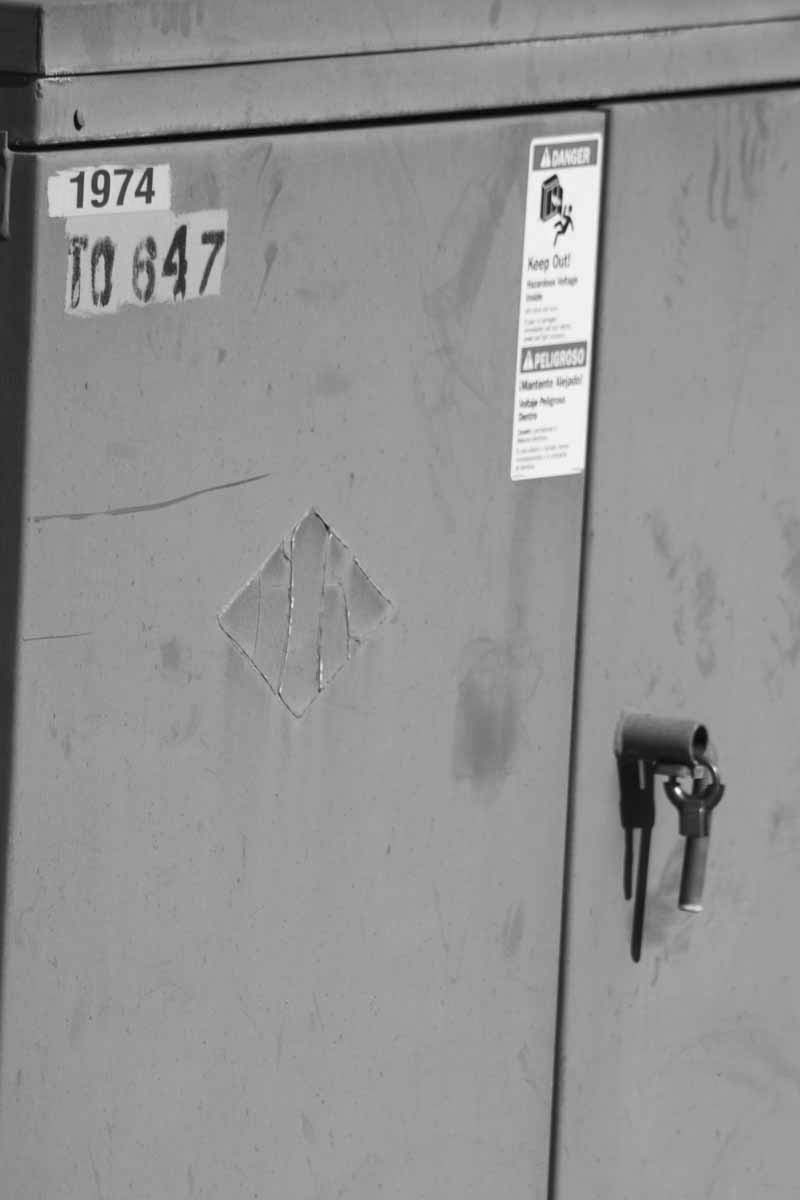 |
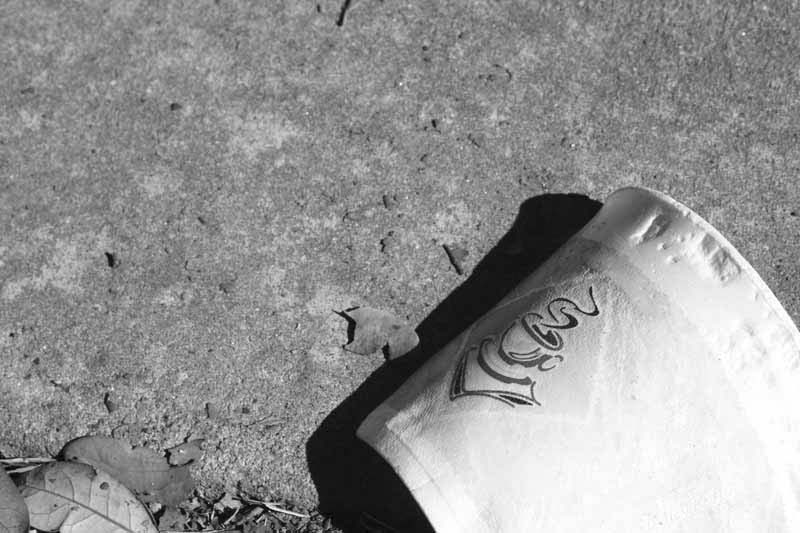 |
Roland Barthes investigates this medium that photography
itself seems to work in as an extension of our experience: "According to
an ancient etymology, the word image should be linked to the root
imitari," and Barthes asks the question, "can analogical representation
('the copy') produce true systems of signs and not merely simple
agglutinations of symbols?" (Barthes, 114). Essentially, are
photographs more than the sum of their parts, that is, more than the
semiotics which can be ascribed to particular objects? Barthes proposes
that the solution lies in how the image 'speaks' to us when we interpret
it. He notes two main types of messages that an image conveys, one
"whose substance is linguistic" and the other which he calls "the pure
image…[which] provides a series of discontinuous signs" (Barthes, 115).
Semiologically, these interpretations can be broken down further into denotative and connotative meanings of objects, and how these influence what we 'read' in a photograph. That is, the kinds of value which we ascribe to objects that Edensor mentions come from our decoding of these various meanings which, of course, are culturally imbedded. They explain why, when we see an image, we think a certain way. Barthes writes, however, that "the relationship of signifieds to signifiers is not one of 'transformation' but of 'recording,' and the absence of a code clearly reinforces the myth of photographic 'naturalness': the scene is there, captured mechanically, not humanly" (Barthes, 120). This grounds us in the notion that photography is, at least initially, an agent of consumer culture which works to keep up the kind of seamless façade mentioned earlier. But to encourage the technique Edensor seems to suggest, just because certain semiotic systems are associated with objects doesn't inherently indicate that those are the only meanings that can be associated with an object. Barthes points out that "each sign corresponds to a body of 'attitudes'" perpetuated by society (Barthes, 121). But the camera and its associated systems of meaning can be appropriated to introduce new meanings as well. At any rate, that is exactly what the camera did at its inception; it gave people new ways of seeing. |
| Ulrich Keller
drives this point about photography home. With the introduction of the
camera came a "new awareness of people, places, and things," an
awareness that, while it came to be structured by the cultural semiotics
of society, also brought its own sense of meaning into the fold (Keller,
158). This is the unique sensibility that I think Edensor is trying to
capture through photography, the ability of a visual medium to produce
an encompassing sensory experience. Of course, photography did its part to aid in the evolution of mass culture when it moved beyond being the hobby of a few eccentrics into the hands of the general population. It is this "wide circulation [of photography] as a mass medium" which undoubtedly propelled it into the position of power in consuming culture that it holds today (Keller, ibid). Put simply, that power is the ability to show 'what is.' In addition, however, photography opened up the realm of the possible, leaving constraints of mobility as their own sort of ruin in the past. Keller notes that in "opening up the realm of movement and action," photography pushed new boundaries for how we could see the world (Keller, 164). However, with this seeming extension of our experience also came the more confining aspect that in seeing more of the world, we are ourselves further revealed to that world. | 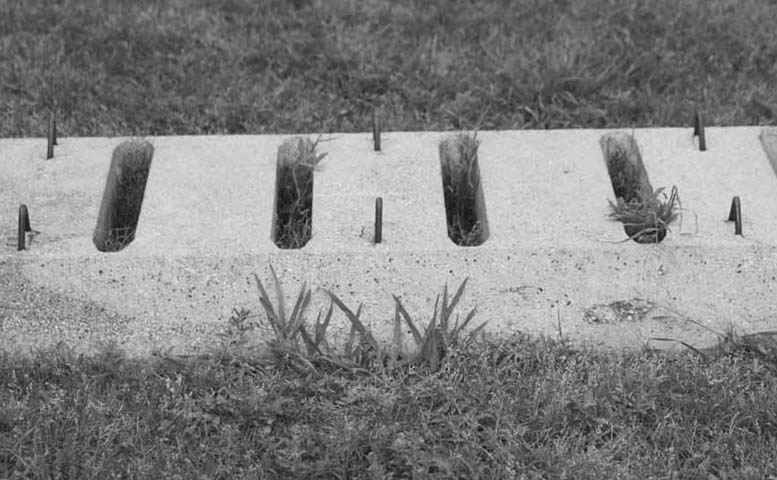 |